The Wye Valley AONB: 'If you have never navigated the Wye, you have seen nothing'
The Wye Valley is considered the 'birthplace of British tourism' — and it's not hard to see why, says Kate Green.
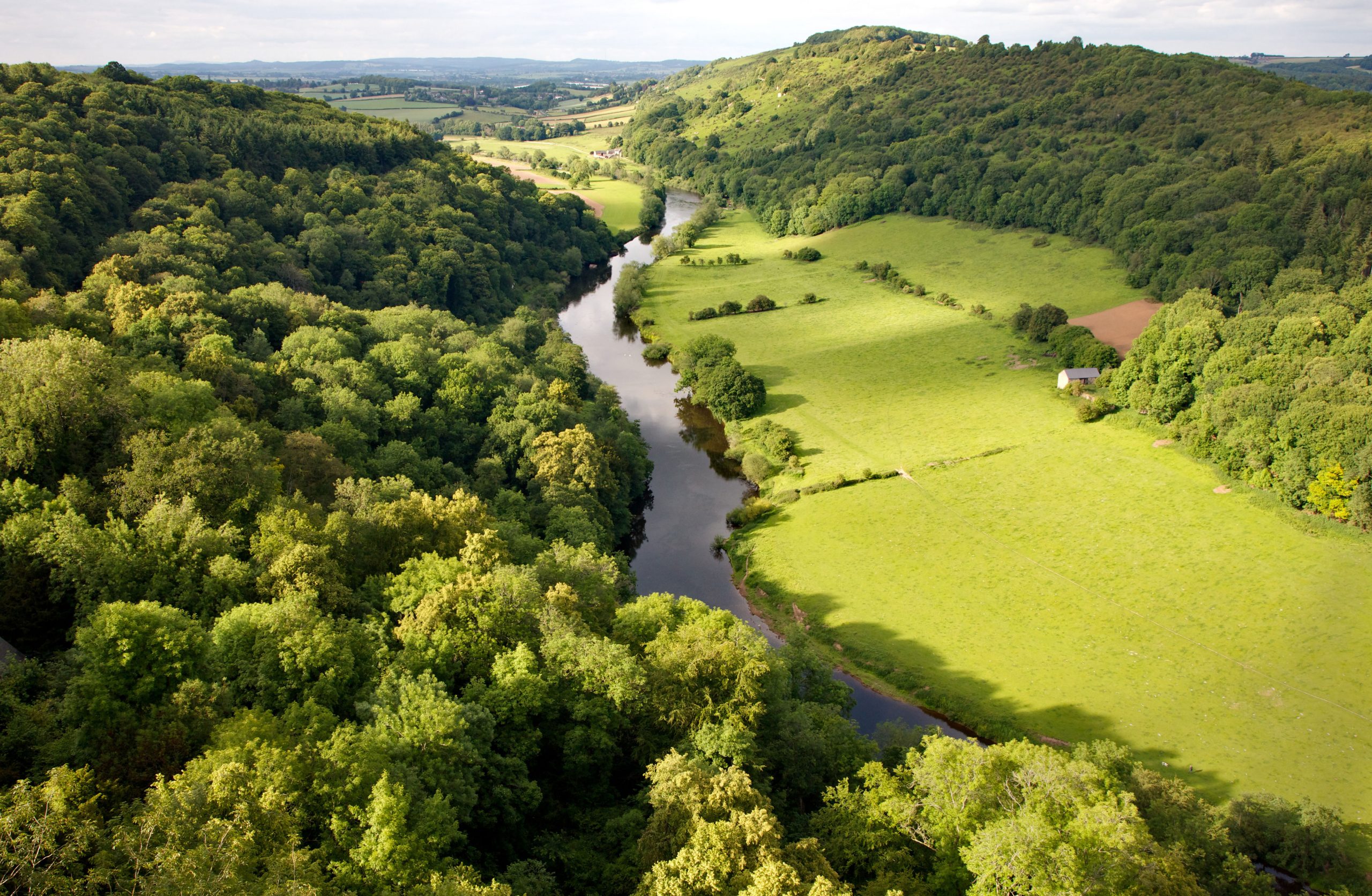

‘Few unprejudiced persons who have followed the course of the River Wye from Hereford to Chepstow will dispute the verdict that this is the most picturesque of all our English streams,’ wrote a Country Life columnist in 1936 (April 11). Four decades later in the magazine, (May 5, 1977), Sylvia Crowe described the Wye Valley as ‘a living museum of natural science and human history’ for the way in which the river has carved its path from the Welsh hills, uniting rugged gorges and limestone cliffs with tranquil pastures, in this ‘landscape of movement and surprise’.
The lower Wye Valley AONB — which earned its designation in 1971 — is considered the birthplace of tourism in Britain, with its striking beauty, romantic ruins and viewing spots, some sculpted in the Iron Age, enthralling 18th-century poets and artists. ‘If you have never navigated the Wye, you have seen nothing,’ wrote the Rev William Gilpin, artist and promoter of the Picturesque, in 1782.
What not to miss in the Wye Valley
Tintern Abbey
Gilpin’s contemporary and fellow tourist William Wordsworth might now be astonished at the waves of cars that bear visitors to Tintern Abbey. His emotional outpouring in verse after revisiting the 12th-century Cistercian abbey, a casualty of Henry VIII’s Dissolution of the Monasteries, would suggest he had it to himself in the summer of 1798, as he wrote of its power to sustain him ‘in lonely rooms, and ’mid the din/Of towns and cities’.
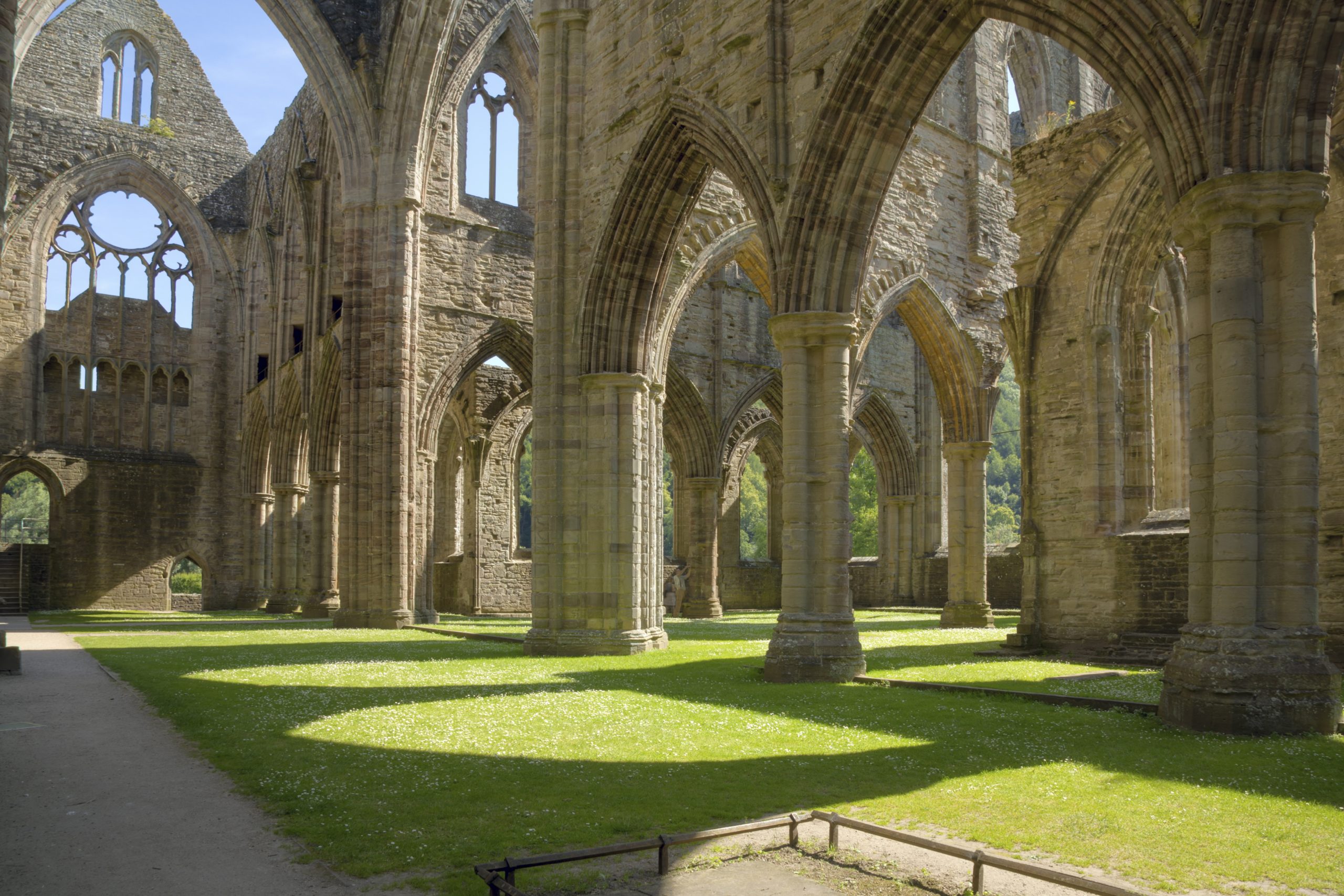
Wintour’s Leap
Wintour’s Leap is named for the Royalist Sir John Wintour, who reputedly scrambled down the cliffs in a desperate attempt to evade Parliamentarians in the Civil War.
The Devil’s Pulpit, overlooking Tintern Abbey on the Offa’s Dyke National Trail, is the vantage point from which the Devil legendarily goaded the toiling monks below.
The Eagle’s Nest
Samuel Taylor Coleridge wrote that from Eagle’s Nest at Wyndcliff, the 365 steps to which were built for the Duke of Beaufort in 1828, ‘the whole world seem’d imaged in its vast circumference’. Reach it via the Piercefield Picturesque Walk, laid out by politician Valentine Morris, who can be credited for local road creation after telling Parliament: ‘We travel in ditches’.
Wildlife
Deer, wild boar, peregrine falcons, osprey, nightjars and kingfishers abound, but, as in many UK rivers, a stellar reputation for salmon has been dented — a ban on landing the noble fish was implemented in 2012.
Sign up for the Country Life Newsletter
Exquisite houses, the beauty of Nature, and how to get the most from your life, straight to your inbox.
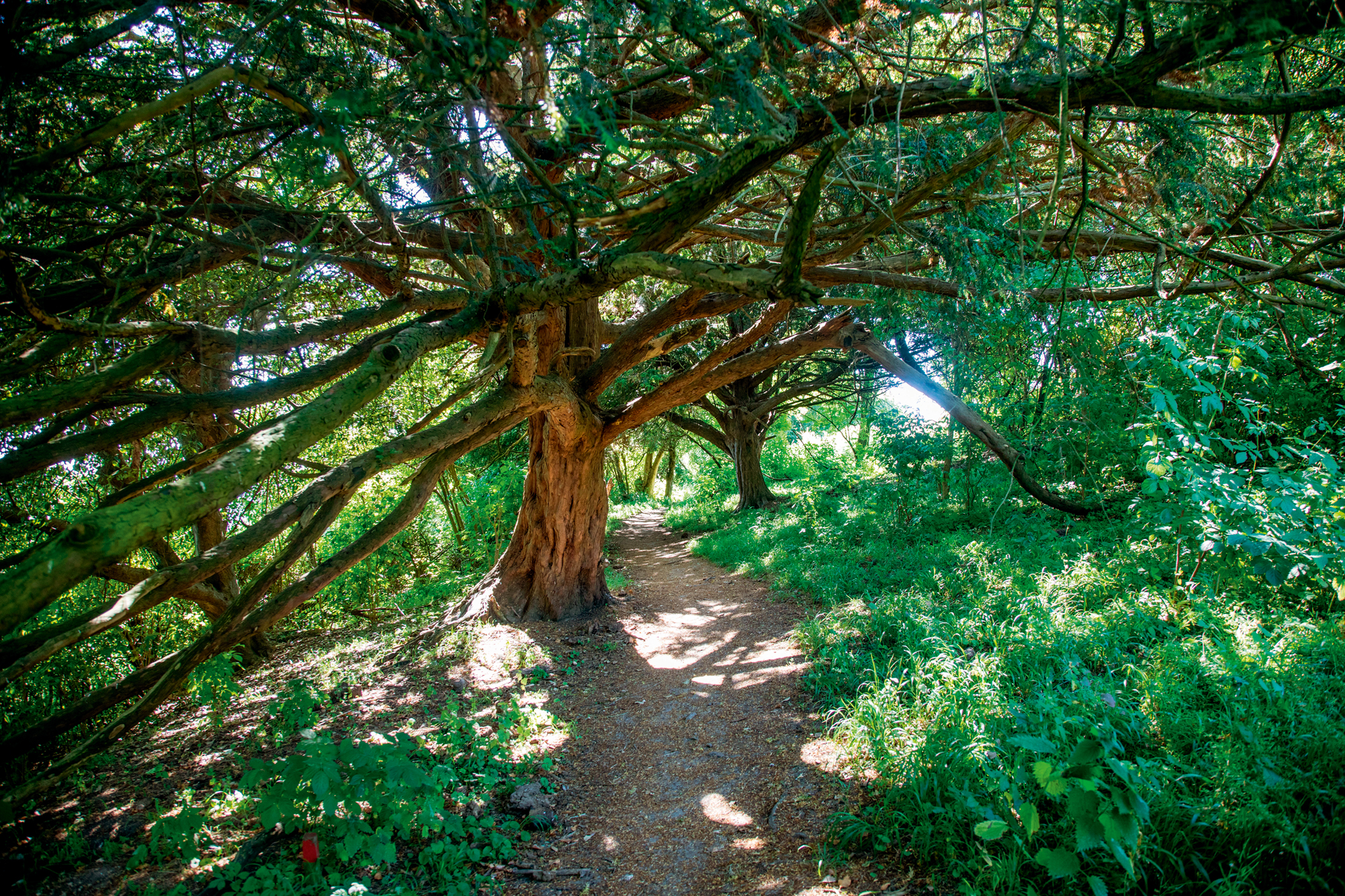
How the Surrey Hills has inspired generations of writers, artists and visionaries
With its magnificent views, lovely churches and grand country houses, this Area of Outstanding Natural Beauty has proven an inspiration
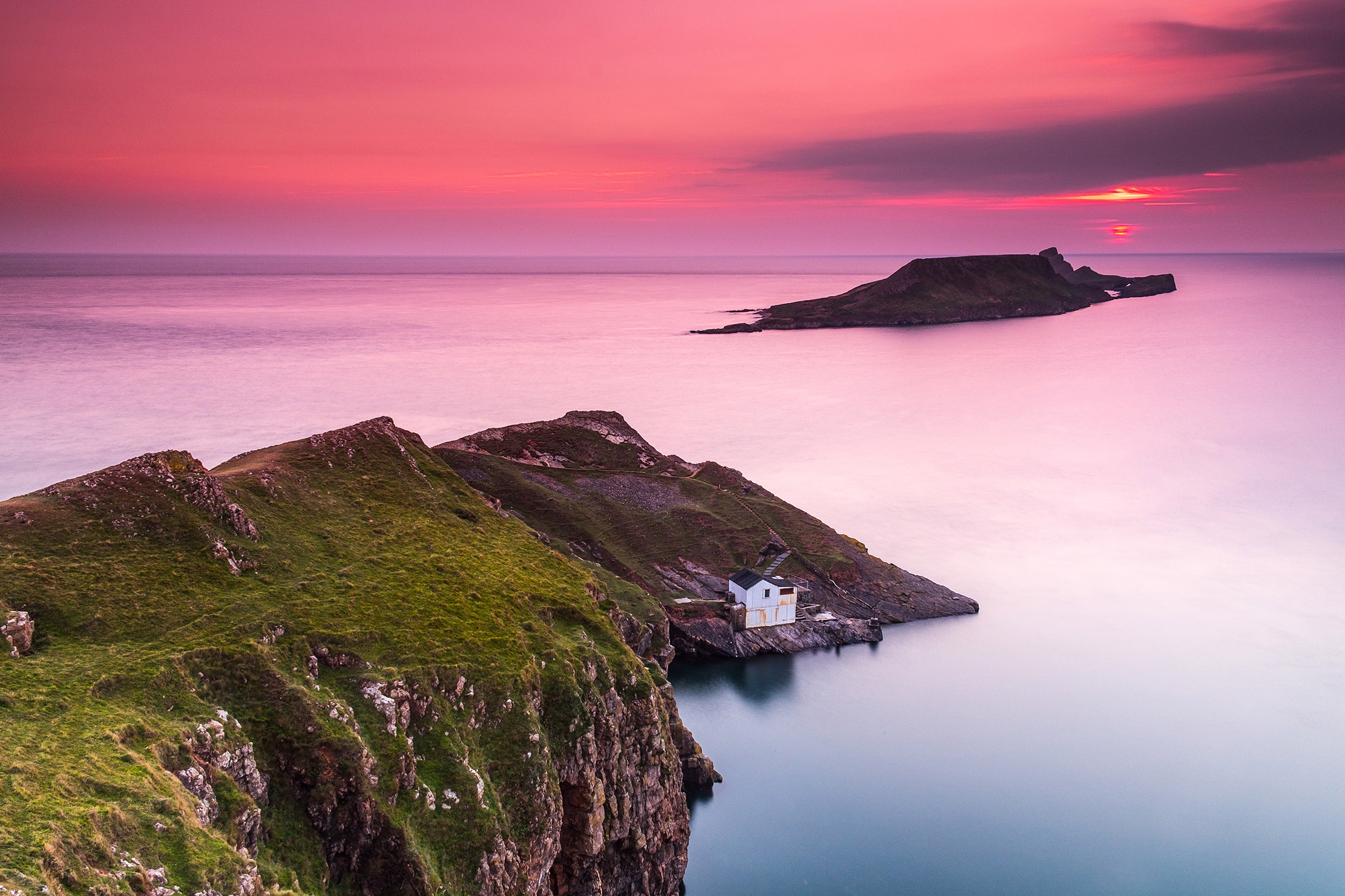
11 breathtaking images of The Gower, the spot so magnificent it inspired the creation of Britain's Areas of Outstanding Natural Beauty
Octavia Pollock takes a look at the magnificent Welsh coastal landscape of The Gower Peninsula, whose tales are as eye-opening
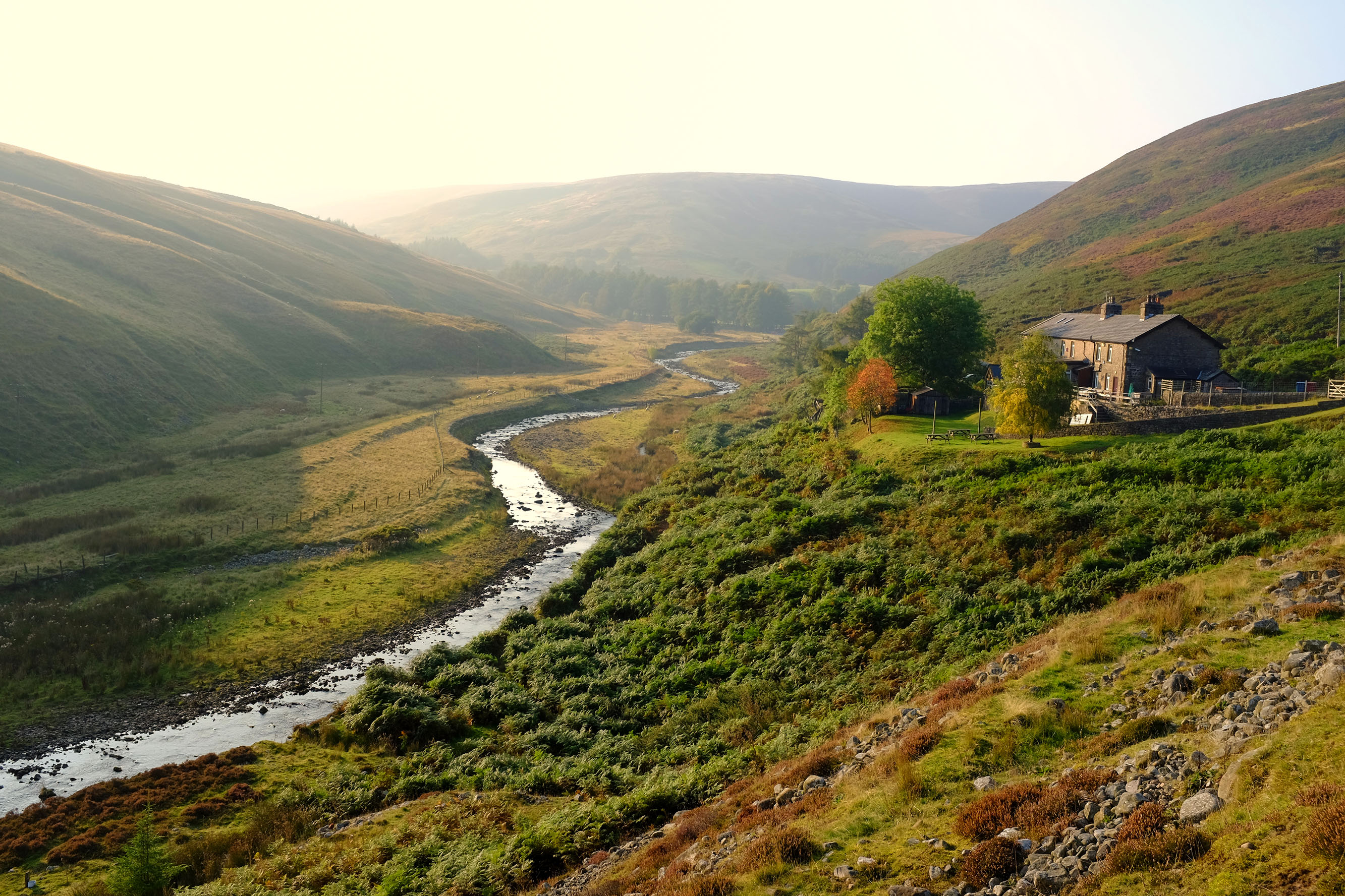
The Forest of Bowland: One of the last wild swathes of England, still resisting taming in the 21st century
Giles Kime takes a look at the Forest of Bowland, a 'dramatic mix of fells, windswept moors and sheltered valleys'.
-
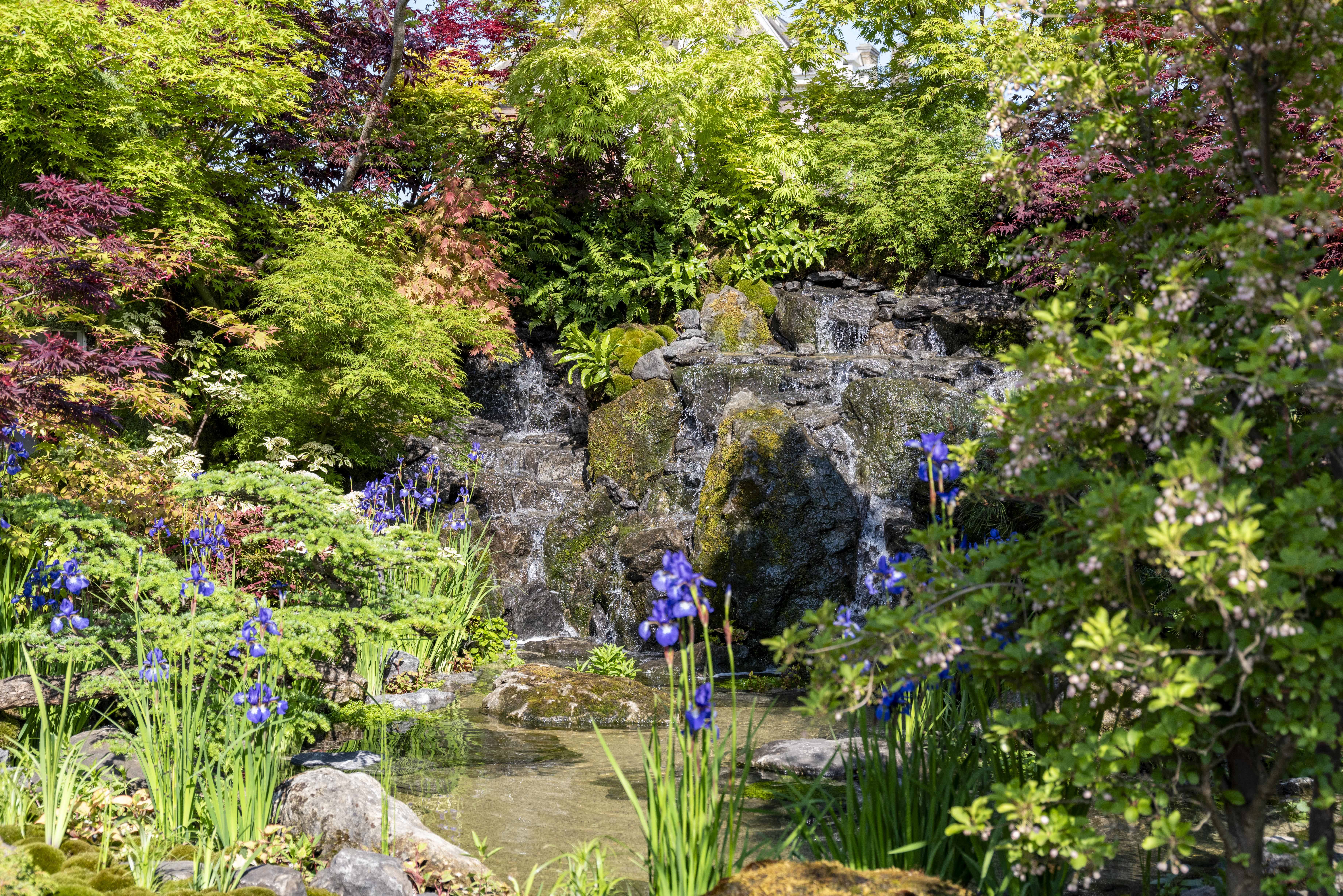 RHS Chelsea Flower Show: Everything you need to know, plus our top tips and tricks
RHS Chelsea Flower Show: Everything you need to know, plus our top tips and tricksCountry Life editors and contributor share their tips and tricks for making the most of Chelsea.
By Amie Elizabeth White
-
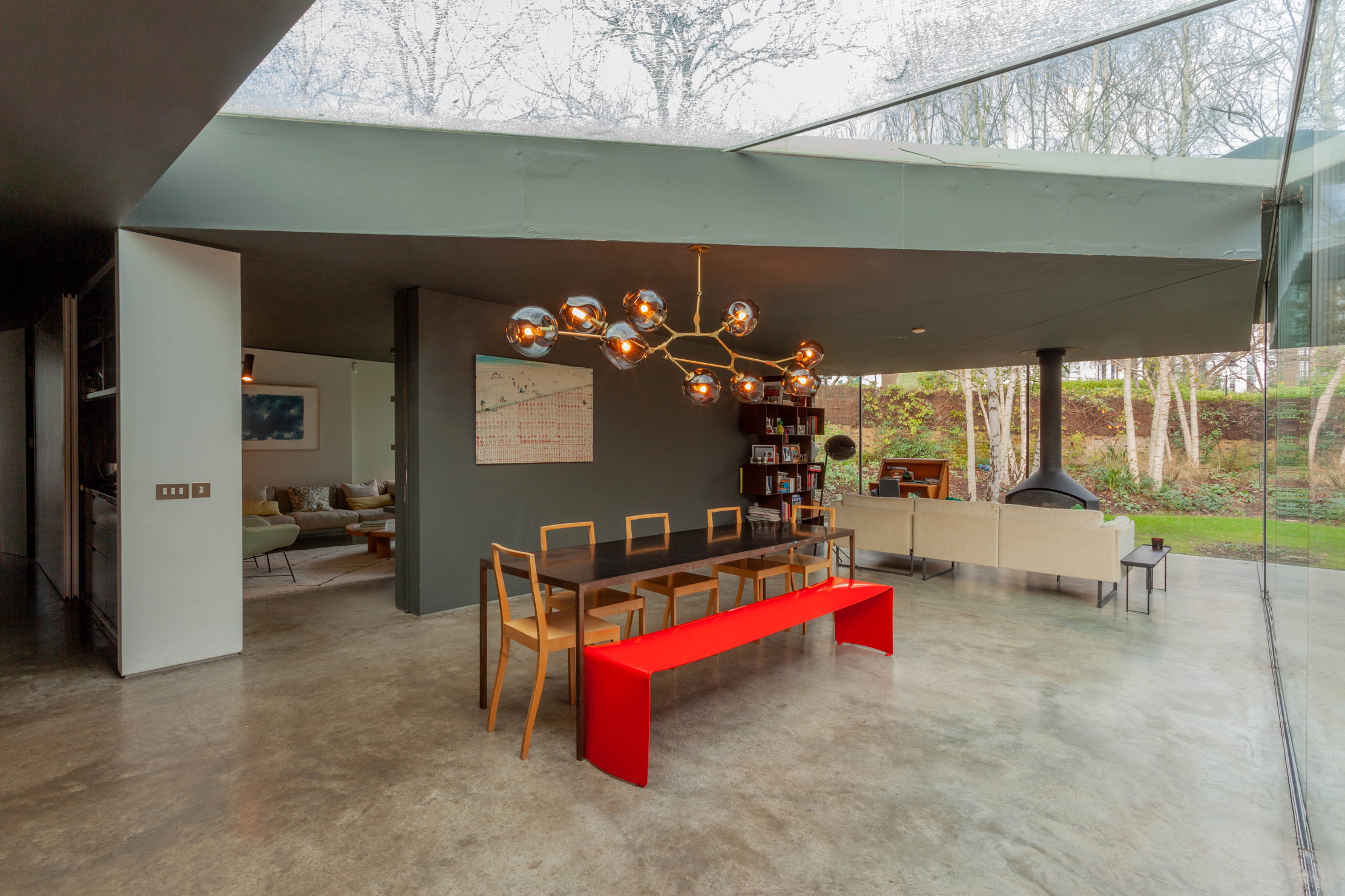 Hidden excellence in a £7.5 million north London home
Hidden excellence in a £7.5 million north London homeBehind the traditional façades of Provost Road, you will find something very special.
By James Fisher